Bangladesh, Nepal and Bhutan are no more LDCs - but COVID-19 casts a shadow over their graduation
For Bangladesh, Bhutan and Nepal, the opportunities for growth include trading more with one another – with India as the pivot – with better water, road and rail connectivity, writes N Chandra Mohan for South Asia Monitor
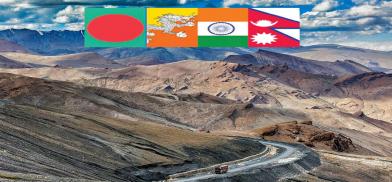
The resurgence of the viral pandemic presents a clear and present danger to the economic recovery underway in South Asia. Overall regional growth has been pegged by the World Bank at 7.2 percent in 2021 after contracting by 5.4 percent in 2020. But this can be revised downwards as the rapidly mutating virus and inadequate pace of vaccination threaten growth. This clouds the prospects of graduation of Bangladesh and Nepal from United Nation’s Least Developed Country status to a developing country one in 2026.
Bhutan will do so three years earlier in 2023. Maldives was the first South Asian country to exit LDC status in 2011.
Covid-19 blues notwithstanding, the graduation of Bhutan, Bangladesh and Nepal is their moment of arrival on the global stage. Currently, there are 46 LDCs which are the most vulnerable nations. They are the ground zero for 50 percent plus of the global poor earning USD 1.9 a day. They account for 14 percent of the world’s population, 1.3 percent and 1 percent of global GDP and trade.
Bhutan, Bangladesh and Nepal are no more LDCs as they grew rapidly by six percent per annum during the last 10 years to meet the eligibility criteria for graduation, notably, per capita income, human assets and economic and environmental vulnerability.
Challenges and opportunities
Exiting LDC status has its challenges and opportunities. The biggest challenge for Bangladesh, for instance, is the gradual loss of preferential and duty-free access for its garment and textile exports to the European Union and Canada. This entails a decline in gross export revenues of 8 to 10 percent or USD 2.5 billion annually.
This shortfall for Bangladesh is equivalent to 85 percent of the total exporting revenue loss of all graduating LDCs. This setback in export earnings is relatively less for the mountainous and landlocked Nepal and Bhutan as they are heavily dependent on trade with India, the most powerful economy in South Asia.
For Bangladesh, Bhutan and Nepal, the opportunities for growth include trading more with one another – with India as the pivot – with better water, road and rail connectivity. This BBIN grouping can thus accelerate the integration of the eastern subcontinent.
Further, as graduation “essentially means acquiring a seal of global approval”, there are prospects of attracting higher foreign direct investments, better credit ratings and reduced costs of international borrowings, according to Debapriya Bhattacharya, member of UN’s Committee for Development Policy that recommends the graduation of LDCs through its triennial reviews.
Covid threat
The viral pandemic, however, threatens the graduation process by undermining growth. Declining, if not contracting, pace of economic expansion would lead to falling levels of per capita income and undermine all the gains they registered on socio-economic development. There would be sharp reversals on poverty reduction in all these countries.
Bhutan would find it difficult to improve the gross national happiness of its citizens. Bangladesh’s model of development would receive a setback in lowering rates of infant, child and maternal mortality, improving the life expectancy at birth and school enrolments, among others.
Need for economic resilience
These three nations accordingly need to build more resilience and diversify their economic activities. Bangladesh’s growth driver is garment and textile exports. Nepal depends heavily on tourism and remittances from its expatriate workers that amount to 27.3 percent of its GDP. A hit on remittances is imminent with many of these workers returning home. This will be reflected in higher imbalances in goods and services trade with the rest of the world. Financing this gap will be a serious policy concern as access to concessional funds will be impacted by moving out of LDC status. Bhutan, too, depends on tourism and sales of hydropower to India.
For a more sustainable transition to developing country status, all three nations need to shift their workforce away from low productivity, small farm-driven agriculture by generating more employment opportunities in industry and information and communications technology and other services. This is the pathway to modern economic development.
In Bhutan, over 50 percent of its workforce is in agriculture and a third is in low value-added services.
In Nepal, the dependency on agriculture is even more at 70 percent of the workforce.
The corresponding proportion is less in Bangladesh, and it has an edge over the others as industry has grown much faster.
Although COVID-19 casts a shadow over their graduation, Bhutan has been more surefooted in battling it by inoculating 62 percent of its population. It has also submitted a smooth transition strategy report to UN CDP.
Bangladesh is not too far behind. Its level of ambition is much higher as it hopes to be among the largest 25 economies in the world by 2030. Accordingly, the government is facilitating new growth drivers by setting up major infrastructural projects and welcoming foreign investors to set up shop in special economic zones to boost overall growth.
(The writer is an economics and business commentator based in New Delhi. Views are personal, He can be contacted at nchandramohan@rediffmail.com)




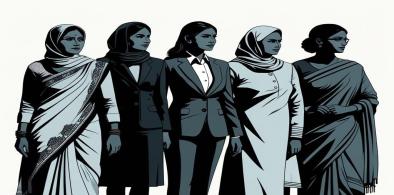


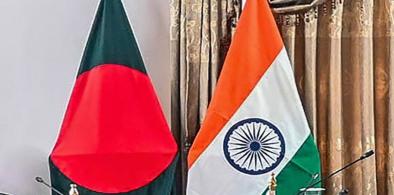
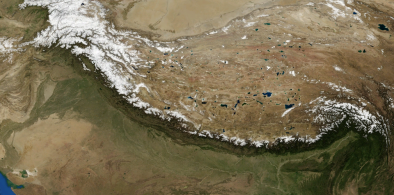
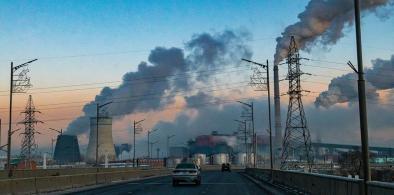










Post a Comment